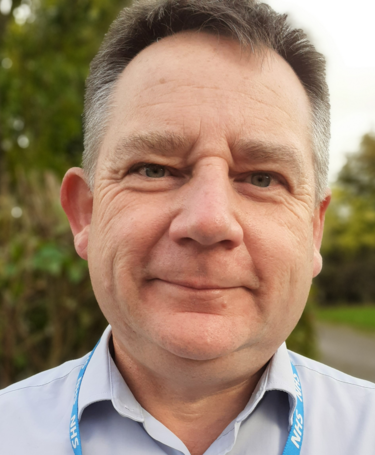
Asset management at the heart of quality patient care

The Covid-19 pandemic has reinforced the central role played by the UK’s National Health Service (NHS). Here Nick Grout, Asset Manager for the University Hospital Southampton NHS Foundation Trust UK, examines the vital role played by asset management in ensuring the highest quality in patient care.
Over the past few decades, effective asset management has helped to transform the aviation and rail industries. This has ensured that large estates such as airports and railway stations can be managed economically, while improving reliability and, most importantly, ensuring safety.
These priorities all transfer naturally to the healthcare sector. Efficient asset management is high on the agenda for NHS England, particularly the proper and effective use of ISO 55001:2014 Asset management, which gives us the route map to meet those needs.
In a healthcare setting, patient safety is paramount. Part of that means ensuring basics like the lights don’t go off, and part of it is about identifying assets where we have limited resilience, then looking at how to target investment to improve in those areas.
As the first asset manager the Trust has employed, I started work in August 2020 by undertaking, in collaboration with the consultants NIFES, a collection survey of our non-medical equipment and tagging every asset. We identified around 14,000 assets and supplemented that with reliable data held by our engineers and contractors. We’re now in excess of 30,000 assets, a figure that is still increasing. We adopted the new asset database in August 2021; it took a year to consolidate the data, but now we are getting information out of it to help us see the true conditions of the assets and help decide what we need to invest in.
Shopping list of assets
The hospital employs around 12,000 staff and, in non Covid-19 times, has around 4,000 patients and visitors onsite. To ensure it adheres to the appropriate asset management practices, we have followed ISO 55001, which specifies the requirements for an asset management system within an organisation.
We’ve taken all the guidance set out in ISO 55001 and are applying it so that we not only have a detailed shopping list of assets, but can also derive more active and useful data from it.
We initiated a change control process to capture data on assets as they are removed and then re-added to the systems. Asset tracking is vitally important so that time is not wasted in tracking down an important piece of equipment. For example, if an item such as a blood pressure monitor is moved with a patient, it should be tracked so a minimal amount of time is spent in retrieving it for the next patient. This tracking system forms part of our digitisation strategy, examining how such technologies can be introduced on a large scale.
Inheriting challenges from the past
For all the new technology used in the hospital, we still often rely on old technology to keep the building warm and the lighting system working, so we need to carefully consider where to direct our financial investment.
Systems in the NHS are large and complex so they are costly to update or change, as well as to maintain. For example, when we looked to reduce the amount of electrical power used across our estate, and converted the lights to LEDs to reduce loadings, we also made sure the onsite electricity substations were updated.
We have inherited some big operational challenges. These include the steam system that was put in place when the hospital was built in 1970 and is still used to heat the buildings. We are currently considering whether there is a more efficient way to reduce our dependency on relatively inefficient power systems, while continuing to maintain essential lifesaving services.
With ISO 55001 as my route map, I am keen to prove that hospitals can benefit from effective asset management systems too.
When you have got such a supertanker of an estate, you can’t turn it around on a sixpence, you have to move it around by degrees. Introducing lots of changes to practices all at once is probably the most difficult (and risky) thing to try to do. As a result, we have taken the view that it’s best to make small changes to gradually nudge things in a different direction.
My role involves bringing together people from a number of different – and sometimes competing – elements to analyse how we can do the job better. I need to focus on collecting relevant information and data, as this will shape our future direction and ensure we are providing a top-quality healthcare service.
As I said at the start, asset management in a hospital environment has clear parallels with the aviation industry; the terminal buildings at an airport require considerable technology to process customers, all over a hugely spread-out estate. Travellers need to move around in an efficient and timely manner, just as patients do in a hospital. While an airport has to focus on baggage handling and security, so a hospital has to be able to care safely for, and move around, a large number of people – all while carrying out phenomenally advanced treatments and surgeries.
It is a privilege to have been appointed as this hospital’s first dedicated asset manager. With ISO 55001 as my route map, I am keen to prove that hospitals can benefit from effective asset management systems too.
What are standards?
Are you new to quality, or find it hard to explain the role of standards to colleagues? We have created a page to support you.